Almost 2 Years After Legalizing Weed, Canada’s Black Market Isn’t Going Anywhere
#KahliBuds #MMJ #CBD #THC
Oh, “Cann-ada.” It seems only yesterday that those rolling plains, snow-capped peaks, and syrup-smudged sidewalks gave rise to something beautiful in the form of legal weed. Give or take a stereotype, it wasn’t something that most Canadians expected. Sure, there’d been years of chatter among progressives and advocates about national “decriminalization” being just around the corner, but for layfolk and cannasseurs alike, 2017’s Cannabis Act wasn’t so much a step in the right direction as it was a pole vault.
With the aim of adding more taxable revenue to the federal balance sheet, eliminating illegal trafficking via the “black market,” and removing the boot from consumers’ necks, it’s not hyperbole to suggest that, to the outsider looking in, October 2018 signaled a new era for the cannabis community and Canadians as a whole. Not too shabby for America’s Hat.
Within the borders, however, it was a different story. There weren’t enough stores, a limited supply that turned to glut, muddled distribution practices, a chokehold on marketing, maddening delivery times, staggeringly wasteful packaging, and pot that was 57 percent more expensive than the stuff you’d get from your average dealer. And all of these reasons sent consumers back to the black market. In the politest, most Canadian terms possible, legalization was turning out to be a bit of a drag.
Since that sputtering first year, a few items on the prime minister’s wishlist can be warily checked off: Canadians spent nearly $1 billion on legal cannabis between October 2018 and September 2019; supply shortages and wait times were largely resolved; weed-related arrests continued their steady decline; and people seem considerably more relaxed about lighting up without fear of repercussion or scorn. When Nana’s cookies start tasting a little more “herbal,” it’s worth a tip of the hat, to say the least.
And yet, after nearly two years since giving the thumbs-up to legal cannabis, Canadian police and licensed producers are struggling to shake off the black market: Unlicensed storefronts, massive personal grow-ops, and online retailers take up a significant chunk of the cannabis landscape in the Great White North.
“We’ve provided a safe, compassionate space for decades,” Ted Smith told MERRY JANE in a phone interview. Smith is the founder of the Victoria Cannabis Buyers Club (VCBC) on Vancouver Island in British Columbia — a hotspot for cannabis culture in the north. VCBC is an unlicensed dispensary and compassion club, and Smith said raids, seizures, and other police tactics to shutter the operation have proven futile. After they come knocking, it’s hardly any time before Smith’s small team is restocked and ready to go. “They understand now that we can resupply ourselves,” he said, adding that enforcement efforts against VCBC have since diminished.
In Toronto, authorities have faced a high-profile game of cat-and-mouse with black-market storefront chains, such as CAFE (Cannabis and Fine Edibles). Despite raid after raid, the shop continued to restock and reopen shortly thereafter — often the very next day. When the Toronto Police Service started placing locks on the doors of its four storefronts, CAFE staff would cut and pry them off. When police walled each establishment with concrete blocks, staff would take their product to the sidewalks and sell there, even offering to drive customers to other locations free of charge when their local chain had been closed. Since then, proprietors have removed the concrete and are resuming business as usual, with authorities seeming to have shelved the iron fist for the moment. To a passerby, it might seem as though black market dispensaries are here to stay.
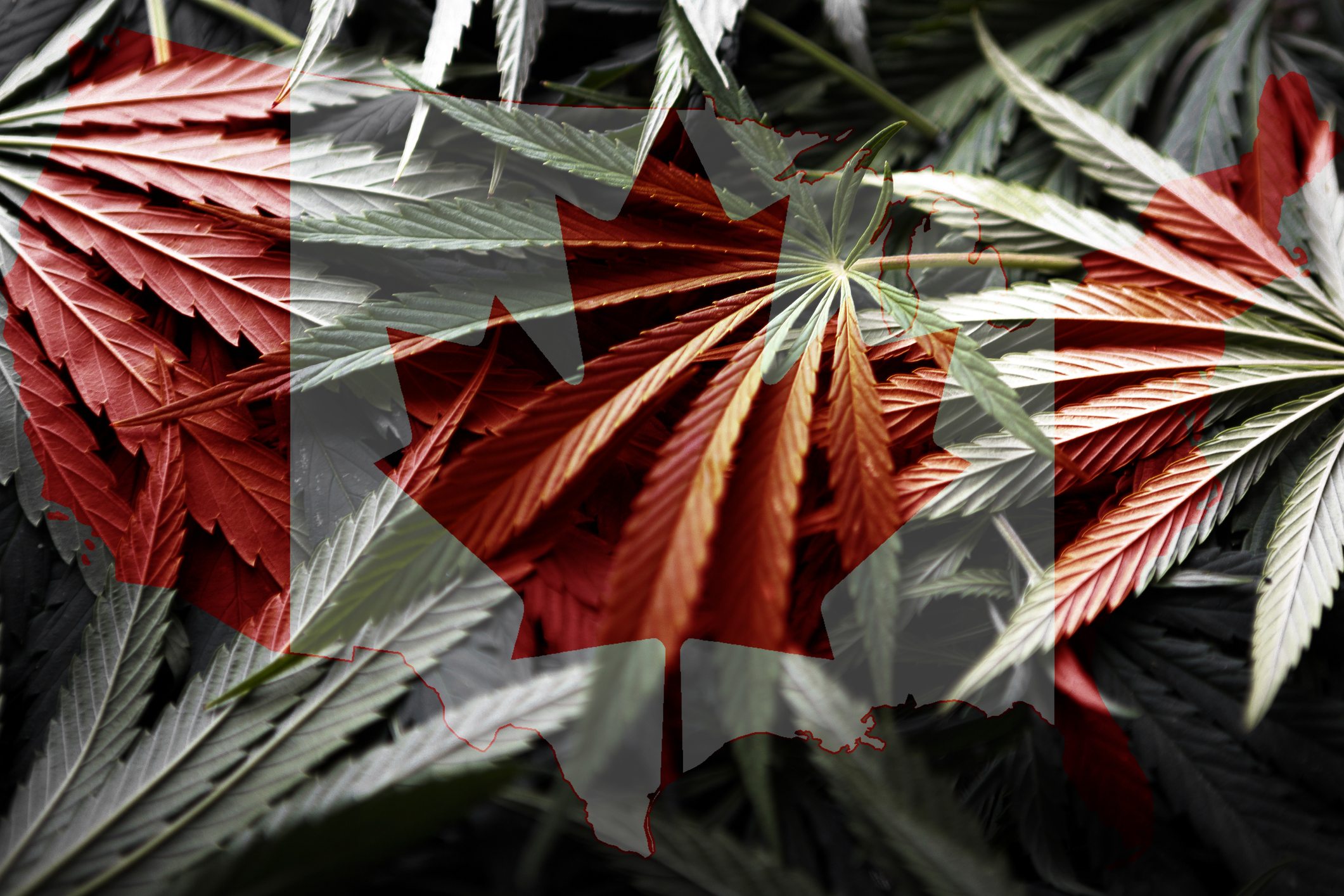
Dispensaries Are Defiant, But Dwindling
While dispensaries with the capital and clout may be able to hold back the tide for the time being, police sources throughout high-traffic areas say illegal dispensaries have been largely stricken from the map since legalization. Barring a few stragglers, the figures for black market dispensaries show a continuing decline.
“Currently, there are approximately 11 illegal cannabis stores operating in Toronto,” said Naomi Ahmad, senior communications coordinator for the city, in an email. “Post legalization and up to October 17th, 2018, there were 96 illegal cannabis stores.”
A public affairs officer with the Ministry of Public Safety in Victoria, BC said the number of illicit dispensaries changes from day to day. “The Community Safety Unit estimates that approximately 60 illegal cannabis retailers are operating in BC today,” said Hope Latham, who noted that before legal weed, that number hovered around the hundreds. In Vancouver, a representative from the city’s licensing department suggested that there are 10 black market dispensaries as of early 2020, though they’re unable to specify how that number compares to earlier figures.
The Maritimes also noticed a sliding trend, though not as pronounced. In Halifax, Nova Scotia, a public information officer said bringing the hammer down has cut the number of unlicensed dispensaries in half. “Prior to legalization, there were approximately 24 illegal cannabis dispensaries,” explained Constable John MacLeod in an email. “At this time, there appears to be about a dozen.” He admitted that the number is “fluid,” since individuals can and do choose to open or close their storefronts at any time.
A spokesperson for Fredericton, New Brunswick’s police force said city officials were trying to shut down three illegal dispensaries prior to legalization. The property and business owners were given letters to encourage compliance, threatening that their properties could be seized under provincial legislation. The threat alone seems to have done the job, as all three complied and are no longer in operation.
Smith of Victoria Cannabis Buyers Club laments the changes legal pot has forced on his side of the industry. “We had 40 stores [in Victoria] a couple years ago… it’s less than half a dozen now.” He said a vibrant community of growers and sellers has receded, and he expects the trend to continue until there are no unlicensed brick-and-mortar dispensaries left. The pressures of constant police interference have broken more than a few spirits, he said: “There’s nobody else standing up any more on the island.”
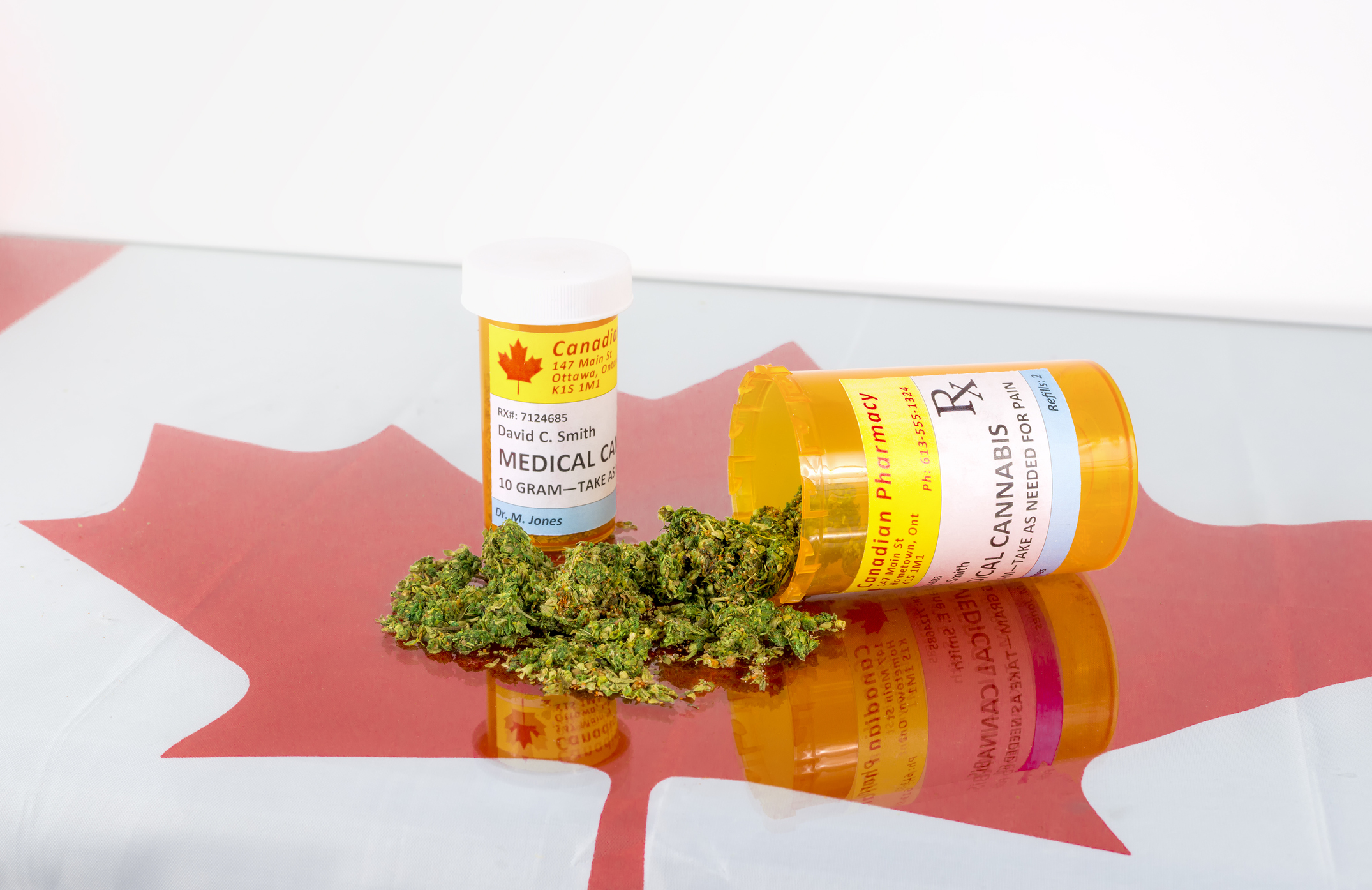
From the Storefront to the Back Door
Where hosting a black market dispensary or compassion club a couple buildings shy of a Tim Horton’s makes storefronts easy targets for enforcement, others less bound by the letter of the law have taken advantage of homegrows and personal cultivation. Where four plants is the maximum allowed per household in the country — pending certain medical permits — there’s little to actually stop a cannabis enthusiast from growing a few more, if it’s what the heart (and wallet) wants.
In all regions, police sources couldn’t share or speculate upon figures for unlicensed grow-ops, presumably because Canada’s necessarily lax enforcement rules surrounding home-growing prevent them from entering a residence to check on plant counts unless they’ve got a warrant or probable cause (i.e. they can see the plants from outside).
More industrious cultivators have made headlines across the country since legalization’s roll-out, and there’s no reason to think they’ll be slowing down as Cannabis 2.0 trudges on: In 2019, there were reports of over 3,000 plants were seized in Cramahe, Ontario; 11,000 in West Kootenay, BC; enough weed for 400,000 joints near Banff; a modest 130 plants, dried flower, and illegal edibles in Edmonton, AB; almost $5 million’s worth in King Township, ON; another in LaSalle, QC; 250 more in Calgary, AB; and a recent $1 million seized in Brantford, ON. Even licensed Canadian cannabis giant CannTrust couldn’t help themselves.
Don’t fret over the fate of captured plants, though… they’ll likely be sensibly shredded, mixed with cat litter, and “rendered unusable and unsalvageable,” according to cannabis-focused attorney Trina Fraser.
The potential for extra-legal activity is the elephant in the room. Arguing that medical permit holders allowed to grow more than four plants per residence should be softly transitioned to the legal market, consumer advocacy group Consumer Choice Center’s David Clement cited available numbers on how many Canadians hold such a permit, and how much they can legally grow. Using Manitoba as a reference point, he suggested that since the average holder in the province can legally consume up to 18 grams per day, they’re free to grow 88 indoor plants per year. If harvested the median three times annually, with a standard 250 to 600 grams each harvest, Clements poses they could legally grow as much as 66,000 grams of their best bud each year. In total, that’s roughly 145 pounds of weed that could make its way to the black market.
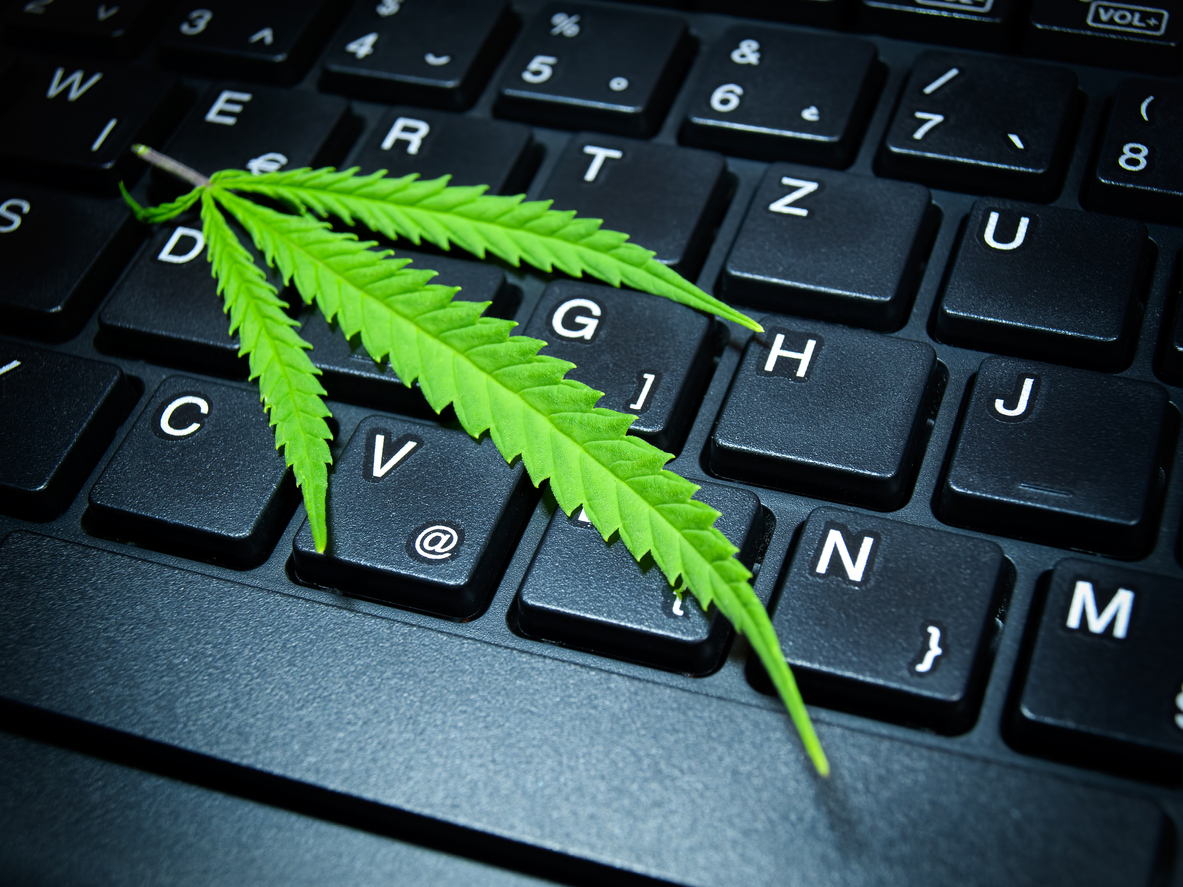
Off-Grid, Online
Furthering the case for a thriving Canadian black market outside of the unlicensed storefront-type is the sheer number of online retailers. Considering the only legal way to purchase cannabis online is either through each region’s single retail page (Ontario Cannabis Store, Alberta Cannabis, etc.) or through licensed producers themselves, it’s curious to find near-endless pages of search results for online dispensaries in Canada, an estimated 10 or so of which are licensed.
It’s no surprise that the feds and legal industry insiders are as frantic about shutting down unlicensed online sellers as they are ineffectual at doing so. Despite some minor arrests and shutdowns (the biggest of which appears to be a seizure of 100-plus such sites by Edmonton Police), there hasn’t been much progress taking the many online sellers to task. Presumably not having seen the data himself, Canada’s Minister of Public Safety responded to questions about the number of unlicensed websites by saying the government is “aware of the existence of several.”
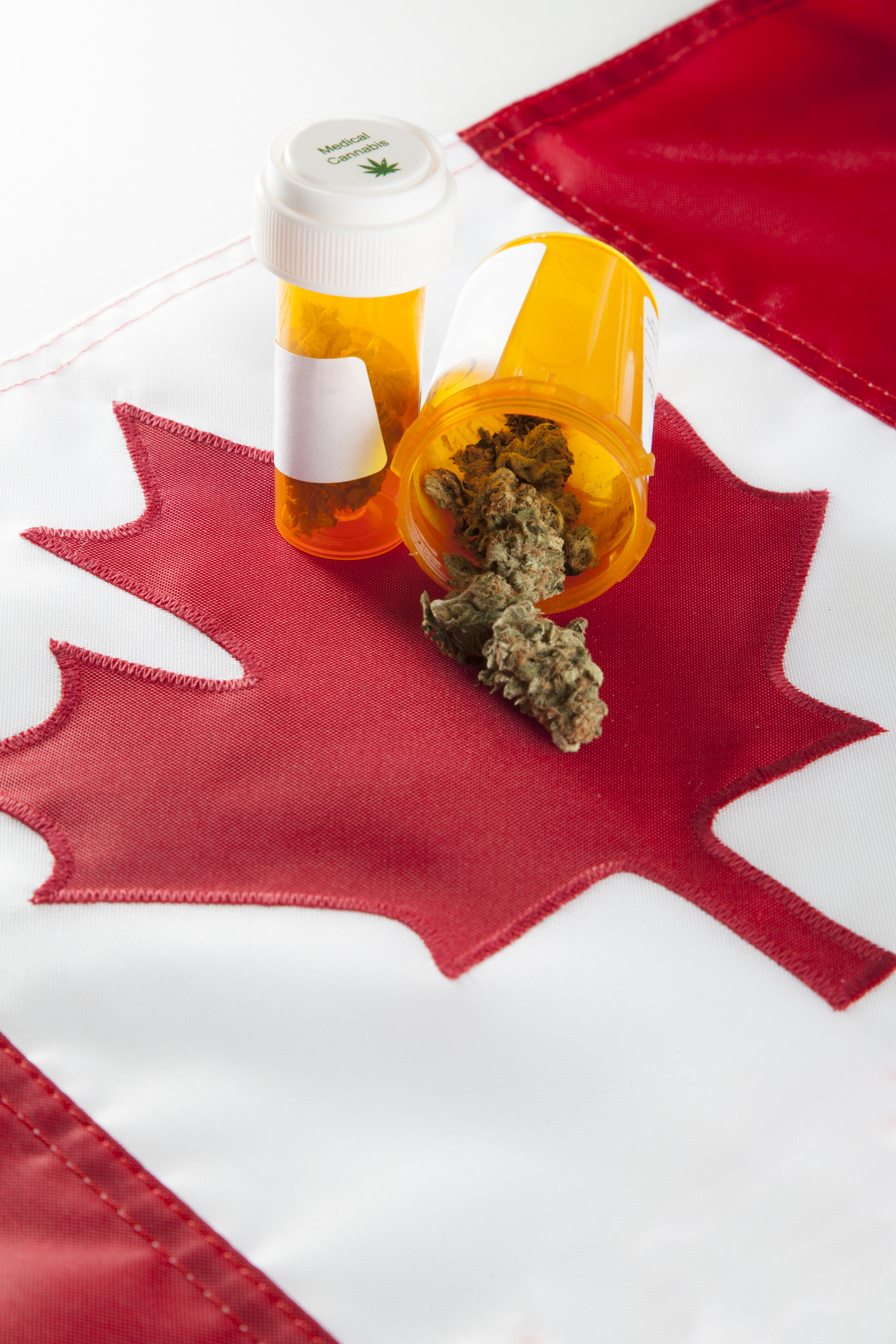
Not “Black Market” by Choice
Their apparent success aside, plenty of black market growers and retailers in the country didn’t necessarily want to be in the black market. A sentiment shared by the deep-rooted community of unlicensed growers and distributors is marked resentment at not being given a fair shot at entering the industry legally. “Very, very few have been able to transition to the legal system with the organizations and the standards they worked with previously,” said Smith. “They’ve either been forced to shut down, or sell themselves to a [licensed producer] and have a fraction of the control they had on their own.”
Kalpna Mistry, a regulatory affairs specialist at Cannabis License Experts, a cannabis licensing firm in Burlington, ON, said the cost of going legit is insurmountable for many would-be licensed producers. “It's definitely not an easy or cheap journey to enter the current legal cannabis system,” she said in an email interview. “Under the new licensing system, Health Canada now requires applicants to have a fully-built facility before an application for a cannabis licence can be submitted.”
That price point gets even sharper when they consider that, even then, there’s a good chance their application may still be rejected, leaving them with hundreds of thousands of dollars in the hole. Smith said that even long-time community staples like VCBC couldn’t hope to raise that kind of money.
Smith and the community he’s steeped in are sad to see “corporate cannabis” take over the industry and culture that he and his ilk have been building for decades, well before the suits showed up. Though Smith said he understands the need for safety and a certain level of homogeneity, he feels that hyperregulation has left businesses like his with little recourse when it comes to providing patients with the plants and products they need to get by — many of which don’t play by Health Canada’s rules, such as calling for things like ultra-low dose edibles and zero tolerance for consumption in enclosed public spaces.
“We have our own bakery, we make our own salves, we have almost 60 different products made in our kitchen. If we comply with the rules, we’re not able to sell those. It would destroy the organization,” he said. Smith mentioned the communal and medical necessity of the dispensary’s “safe consumption room” as another no-go for health officials, and not one he’s willing to budge on. “This is a critical part of what we do,” he affirmed. “We’re not even going to fake trying to comply.”
Though legal pot has come a long way on paper, there are still plenty of factors keeping the black market alive out of necessity alone. Come February 2020, there are still legal weed “deserts” in the country — numbers that, in those same regions, pale in comparison to illicit sellers. If the federal government wants to shift the limelight to its distributors, provinces will need to work to ensure maps like these include more green than grey. Having the same governments push for less crippling, less time-consuming licensing practices won’t hurt, either.
On the other hand, legal producers are starting to come around on the abysmal price points that left so many consumer’s scratching their heads/rifling through their pockets by offering cheaper cannabis to all consumers, and not just medical permit holders. If $4 grams can be the norm for more producers, perhaps they won’t need to compete with the black market.
In a phone interview, Aleafia director Raf Souccar told MERRY JANE that the government’s rollout of cannabis hasn’t worked as well as they’d hoped. “I guess the bottom line is that [licensed producers] need to adapt,” said Souccar. “People are creatures of habit, and prefer to keep doing what they’ve been doing all along.” A member of the Prime Minister’s hand-picked legalization task force, Souccar saw his share of the illicit market when he was the deputy commissioner of federal and international policing with the Royal Canadian Mounted Police, where he enforced drug laws prior to legalization. Comparing the function of the legal retailers to illicit ones, Souccar says “Telling [consumers] to change, you need to do it in a way that makes it appealing. So far, it hasn’t been appealing.”
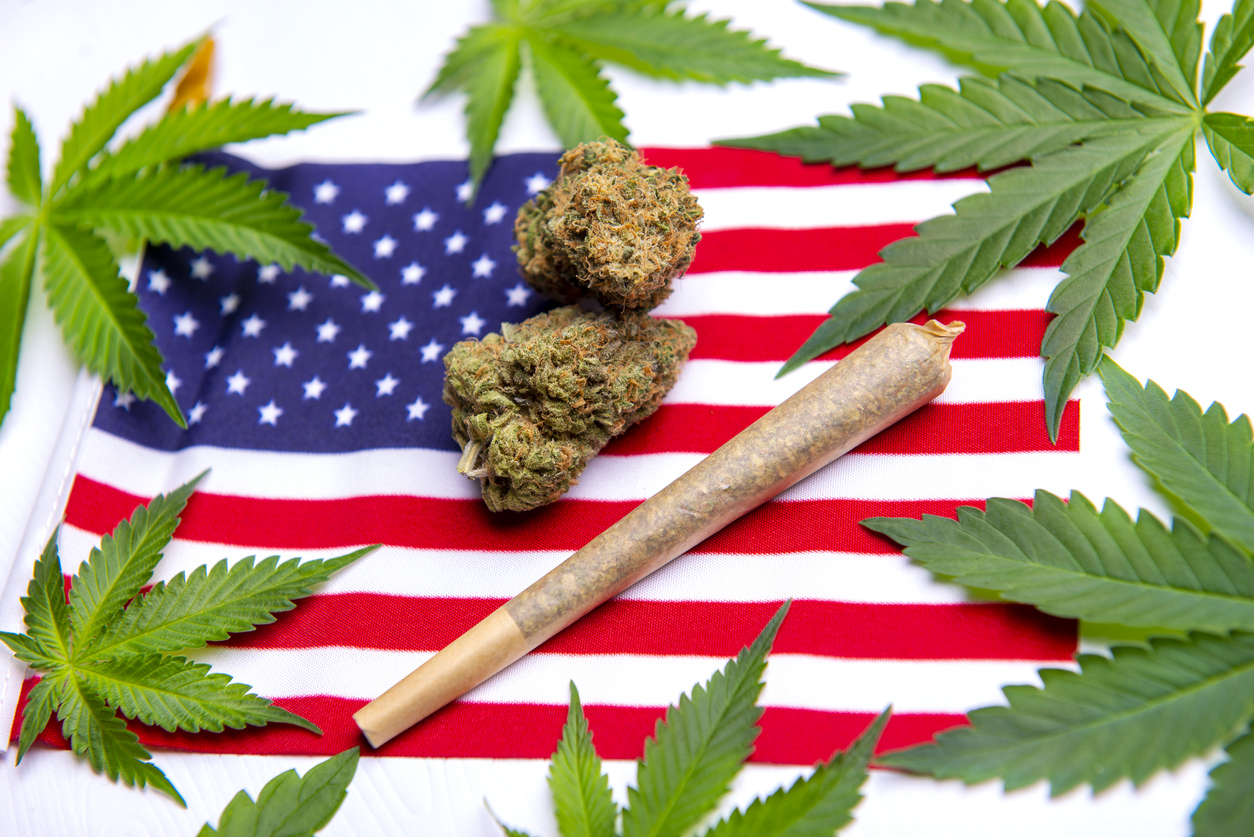
What the US Can Learn from Canadian Legalization
With the United States’ eye on legal cannabis, it’ll benefit states to learn from Canada’s misgivings. “In the States, you have issues with federal law trumping state law,” Souccar explained. He said the US federal government remains silent on cannabis, which results in inter-state trafficking. “If you’re going to do it, you need to do it in a coordinated way as a country.” He pointed to Canada’s “full-on” approach to legal weed as one of its saving graces, and one that other countries need to follow. Another suggestion is to limit the taxation of legal pot, which Canadian authorities learned wasn’t doing much to thwart illicit markets. “If you want to eliminate the illegal market, make sure the taxation will allow the legal market to thrive,” Souccar advised. “If not, you’ll see legal producers going bankrupt.”
Mistry seconded the need for more approachable pricing, but added that having a wider range of products will be key to a strong American rollout. “In Canada, dried cannabis and oil were available first, with edibles, topicals, and extracts coming over a year later,” she said, suggesting Canadian consumers were more likely to seek alternative sellers when they couldn’t get their hands on products they’d been accustomed to through the legal system. Mistry also warned states to be keep an eye on supply as legalization rears its head, as the simple lack of product kneecapped Canada’s legal industry in its starting months.
Bear in mind the potency and aesthetic of lawful cannabis, as well. “Another area where licensed producers in Canada have been struggling are the strict packaging requirements for edibles,” Mistry said. There's a limit of 10mg of THC per package on edibles, essentially making them single servings, as well as very stringent requirements for ingredients and product designs that avoid being appealing to youth (subsequently making them unappealing in general). “While these requirements are in place to protect children and the general public, they have definitely made it harder for producers to manufacture products that can compete with what's available on the illicit market.”
Nationwide legalization in the United States still seems a long way off, but if licensed producers and state officials can take heed, they might just be able to avoid the pitfalls that made Canada’s rollout something of a bust.
420GrowLife
via www.KahliBuds.com
David Wilson, KahliBuds, 420GrowLife
- Share:

0 comments